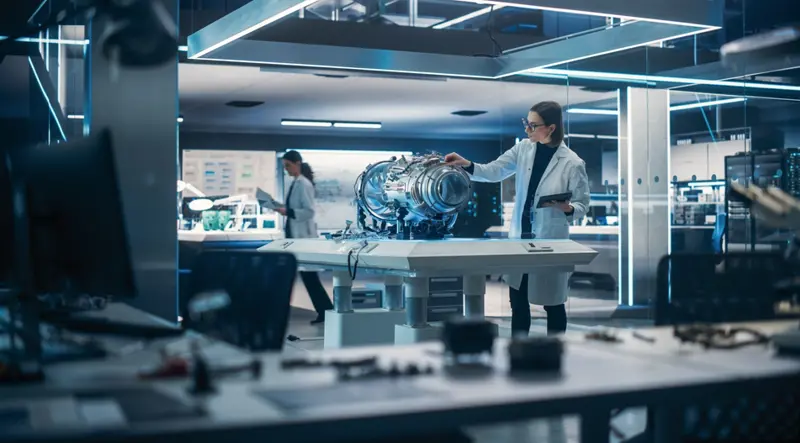US Manufacturing Outlook in 2026
US manufacturing sits at a pretty interesting crossroads heading into 2026. Recent reshoring trends, automation advances, and shifting global supply chains are genuinely reshaping an industry that tons of people wrote off as completely dead decades ago.
The narrative that American manufacturing is finished and everything has permanently moved to China? That’s seriously outdated thinking now. Reality on the ground shows US manufacturing evolving really rapidly with technology adoption, strategic reshoring of critical production, renewed focus on supply chain resilience after recent disruptions brutally exposed major vulnerabilities nobody wanted to acknowledge.
1. Companies Are Actually Bringing Production Back
US manufacturing is seeing real production returning from overseas, particularly from China, finally. Geopolitical tensions, rising labor costs abroad, shipping nightmares, desire for actual supply chain control are driving this trend hard. Companies learned extremely painful lessons when COVID exposed how fragile those stretched global supply chains really were.
Reshoring critical components and products back to US facilities provides way more control and reliability when stuff hits the fan. This doesn’t mean literally all manufacturing returns obviously, but strategic reshoring of essential items continues accelerating fast. Expect this trend to strengthen massively through 2026, especially in pharmaceuticals, semiconductors, defense-related manufacturing.
2. Robots Are Solving the Worker Shortage Problem
Manufacturing faces persistent worker shortages as older folks retire and younger generations show basically zero interest in traditional factory jobs. Automation and robotics increasingly fill these gaps, whether people like it or not. Modern factories deploy collaborative robots, AI-powered quality control systems, and automated material handling throughout facilities.
This isn’t that scary job-killing automation narrative everyone fears. Companies invest in technology because they literally cannot find enough workers for available positions paying decent wages. Automation allows US manufacturing to stay competitive despite way higher labor costs compared to overseas facilities.
Investment in factory automation equipment continues smashing record levels heading into 2026.
3. Chip Manufacturing Is Coming Home Big Time
The CHIPS Act is driving absolutely massive investment in domestic semiconductor manufacturing right now. Intel, TSMC, Samsung are building major fabrication facilities across Arizona, Ohio, Texas, and New York. Finally, thousands of well-paying manufacturing jobs and actual billions of dollars in investment are represented by these sites.
Since chips power practically everything we use, including phones, cars, and military hardware, semiconductor manufacturing is very crucial. Reducing reliance on foreign chip manufacturing enhances economic resilience and national security at the same time.
Through 2025–2026, these new facilities will begin ramping up production seriously, greatly increasing US manufacturing output in this vital technology area.
4. Green Energy Manufacturing Creates Real New Jobs
Solar panel production, battery manufacturing for EVs, and wind turbine components are legitimately growing US manufacturing sectors now. Government incentives through the Inflation Reduction Act encourage the domestic production of clean energy technologies aggressively. Companies are actively building battery factories, solar manufacturing facilities, and related supply chain operations across the country rapidly.
This represents genuine manufacturing growth in emerging sectors rather than just desperately maintaining existing declining industries. By 2026, green energy manufacturing could easily employ hundreds of thousands and represent a significant chunk of US manufacturing output growth overall.
Conclusion
The US manufacturing outlook for 2026 looks considerably brighter than basically anyone expected just five years ago, honestly. Strategic reshoring, automation adoption, solving labor challenges, absolutely massive semiconductor investment, growing green energy production, supply chain resilience priorities all genuinely support domestic manufacturing growth.
This doesn’t mean every single factory comes back or manufacturing employment magically returns to 1970s levels, obviously. But that decades-long decline narrative is legitimately outdated now. American manufacturing is rapidly evolving into a more automated, technology-focused, strategically important sector than before.

